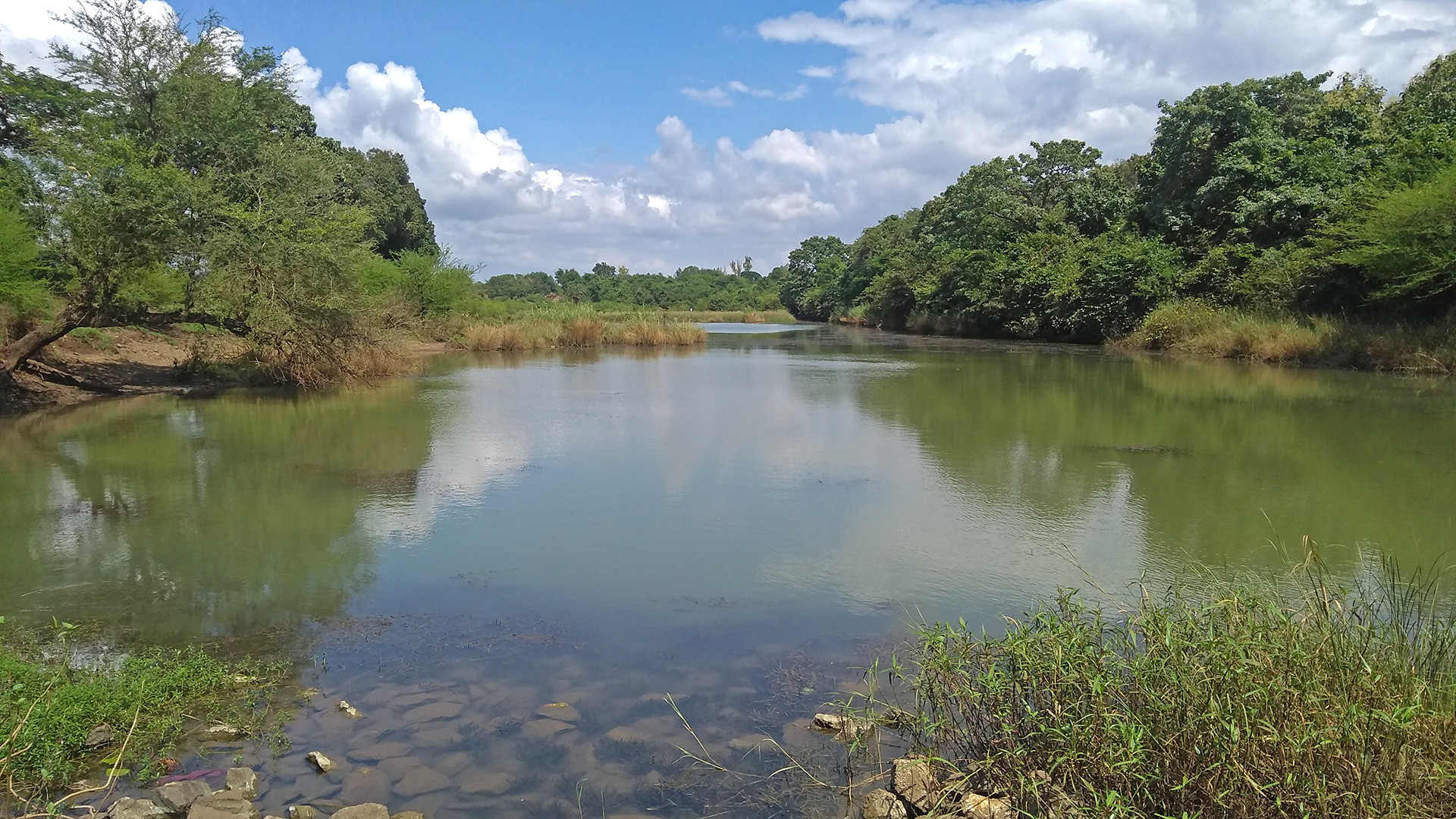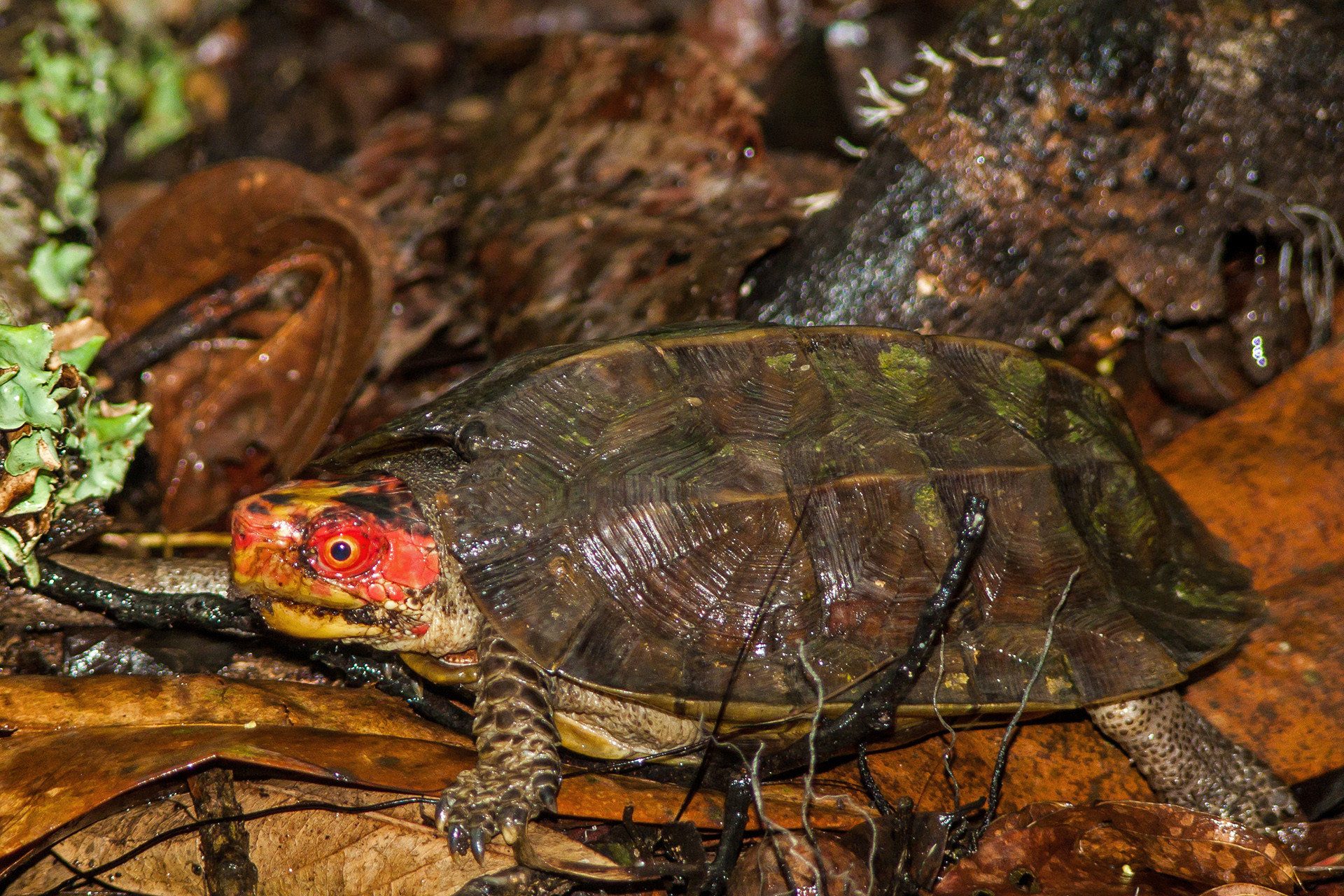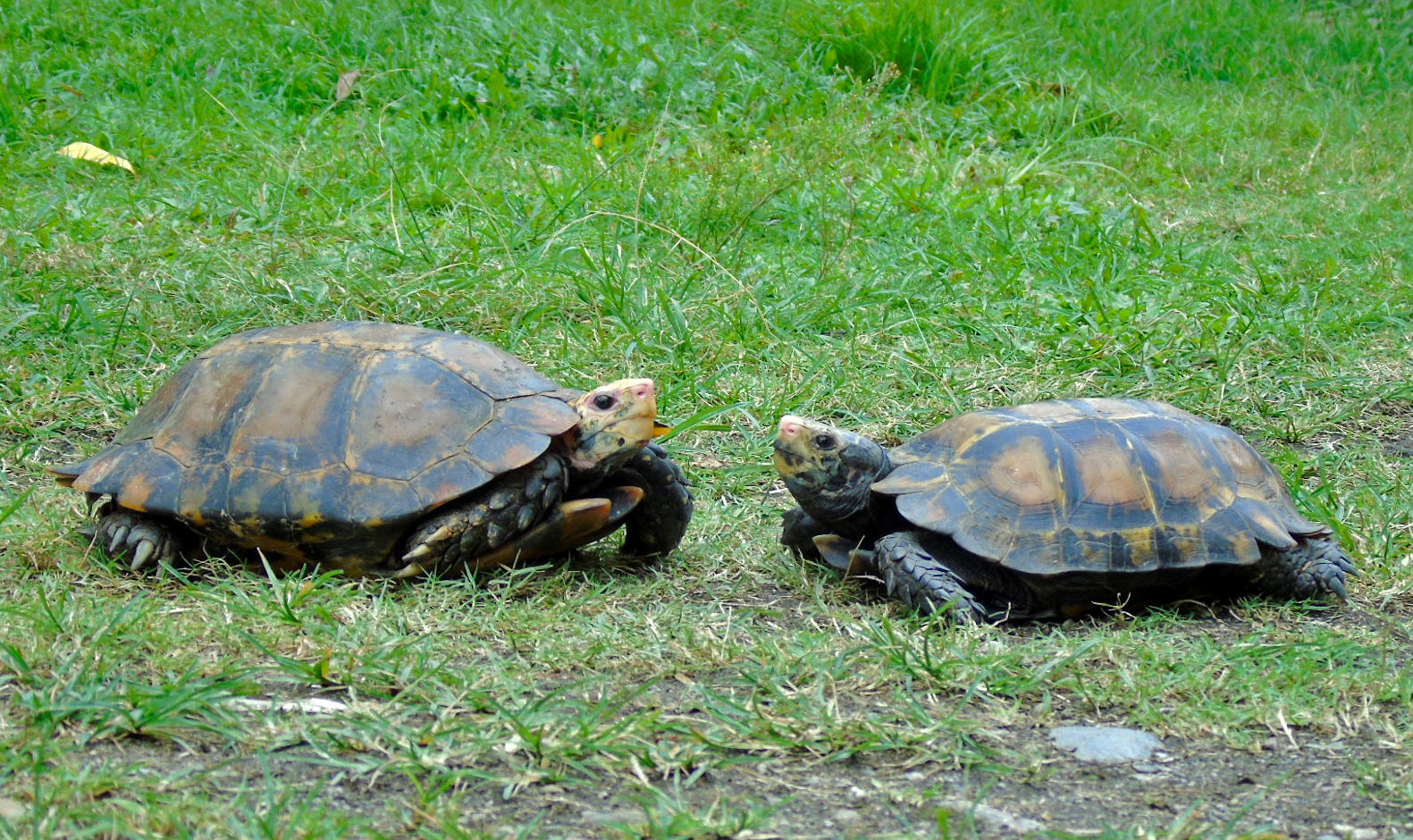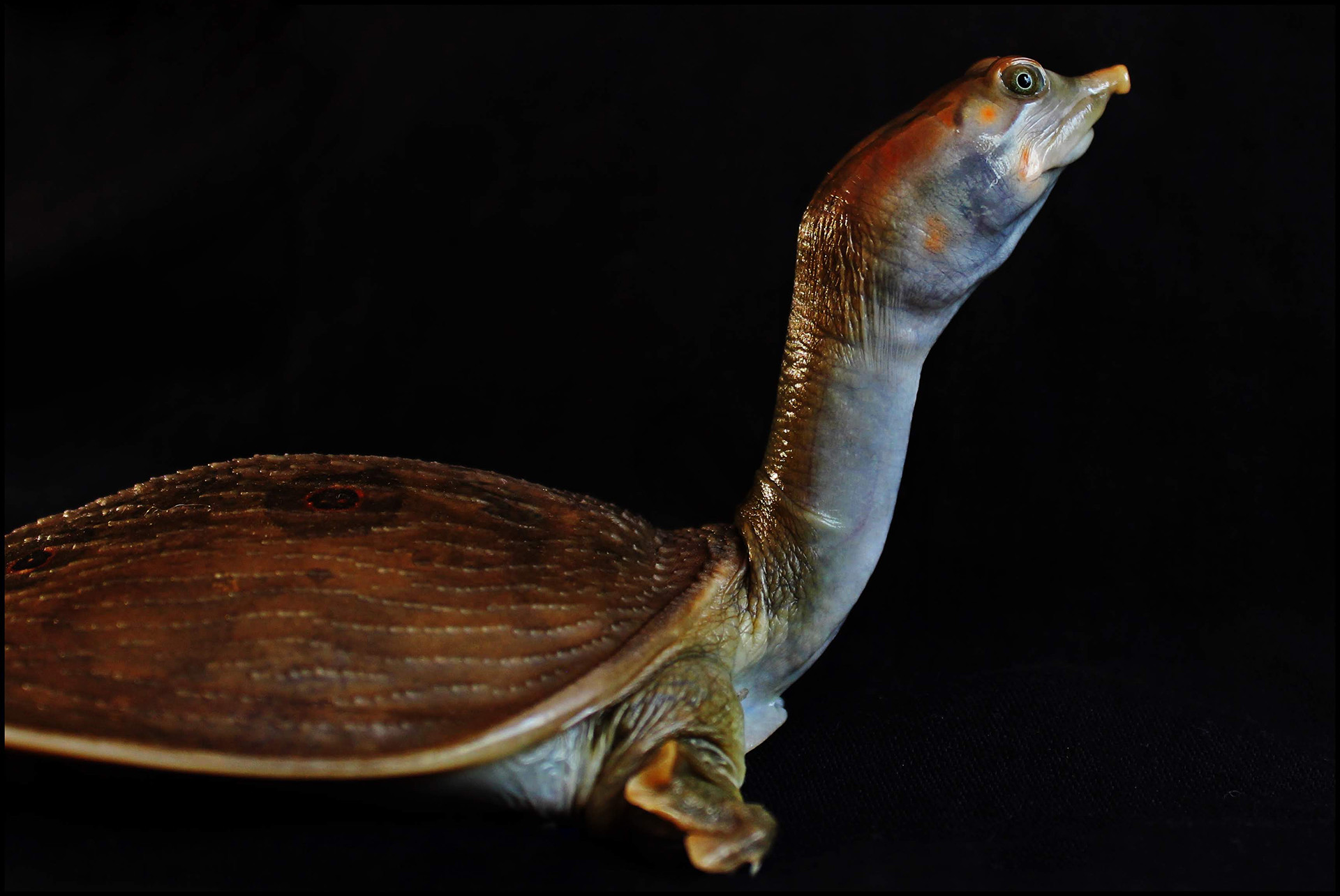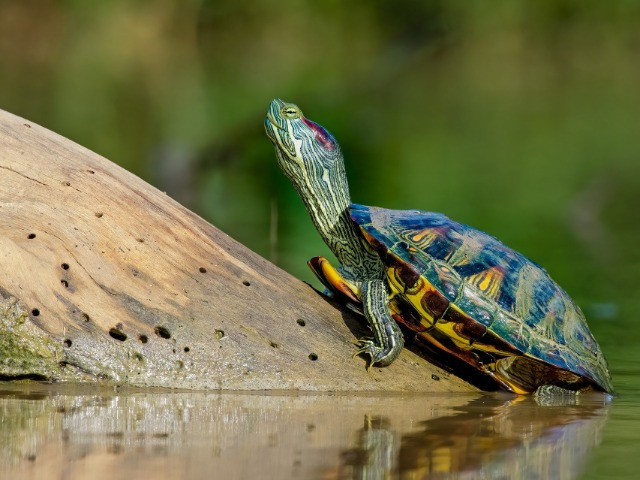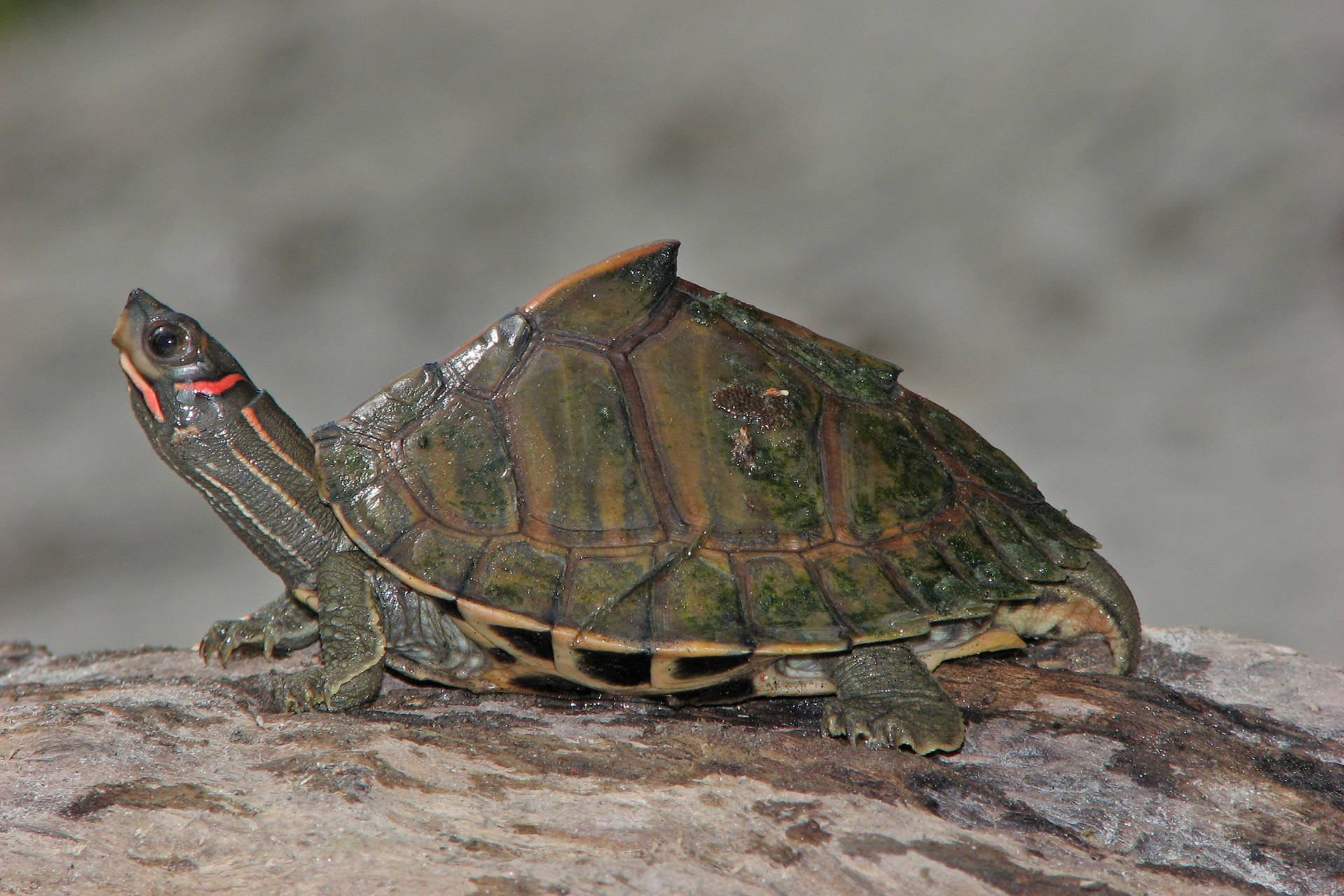Well into the 21st century, the onslaught on our freshwater systems has only gotten worse and our march towards irreversible climate change is more hurried, all in the name of development. This continued alteration and destruction of freshwater ecosystems could potentially bring about more novel concerns such as the resurgence of zoonotic or water-borne diseases. The ongoing COVID-19 pandemic has revealed the fragility of our human world. At the same time, it is teaching us valuable lessons about the vulnerability and resilience of our natural habitats. There has been much clamour over the nation’s snowballing water crisis in recent years, yet concerns about the degrading health of our freshwater habitats are still to reach a fever pitch. Safeguarding our freshwater ecosystems requires new approaches, dialogues and solutions through a network of experts, researchers, and citizens of this country. By focusing our research on threatened freshwater turtles and tortoises, we hope to sustain positive human-wildlife-habitat interactions and improve the management of these freshwater habitats.
Freshwater turtles are currently one of the most endangered groups of vertebrate animals, with tough competition from primates. Out of the 356 species of turtles found worldwide, approximately 61 per cent are threatened or already extinct. Most people have never seen or encountered turtles in the wild but they aren’t as elusive as thought to be. They often live close to us and dwell in rivers, lakes, ponds and agricultural fields. Some unfortunate ones are even kept in wells and village ponds due to their scavenging nature or in temple ponds due to their sacred status in Hinduism. Freshwater turtles and terrapins, marine turtles and tortoises are collectively known as chelonians – reptiles characterised by a bony or cartilaginous shell. Multiple terms such as turtle, tortoise, and terrapin can often be confusing. To break it down in a simple manner, these shelled animals can be easily categorised into two types – turtles and tortoises. While turtles can be aquatic or semi-aquatic, tortoises are always highly terrestrial. Of course, there are exceptions; rare terrestrial turtles like the Cochin Forest Cane Turtle (Vijayachelys silvatica) which prefer to burrow in leaf litter, and tortoise species such as the Asian Brown Tortoise (Manouria emys) which are usually found in proximity to water, in and around cool flowing streams.
As their names suggest, freshwater turtles are found in a plethora of freshwater systems. Some hardy turtles such as the Northern River Terrapin (Batagur baska) or the Asian Giant Softshell turtle (Pelochelys cantorii) inhabit even estuaries, coasts and backwaters such as Gahirmata in Orissa or the Sunderbans in West Bengal. India’s vast variety and expanse of freshwater habitats means that it is blessed with a rich diversity of 29 freshwater chelonian species, of which 24 are turtles and five are tortoises. The newest addition to the Indian checklist, the Impressed Tortoise (Manouria impressa), was known only from Southeast Asia. In June 2019, it was discovered in the hilly forested areas of Arunachal Pradesh, where it had remained hidden from science for centuries. While we have close to no information on the Impressed Tortoise in the wild, we can safely ascertain that it is threatened by habitat loss and overharvesting for local consumption. If this continues unabated, it could lead to the probable extirpation of local populations in Arunachal Pradesh.
The curious case of the endemic and elusive Leith’s Softshell Turtle
Leith’s Softshell Turtle (Nilssonia leithii) is one of the larger turtle species that is found only in peninsular India. The only softshell turtle species endemic to the country, its range is restricted to a mere six states – Maharashtra, Karnataka, Tamil Nadu, Kerala, Andhra Pradesh and Odisha. Within its distribution range too, its records are very few. It is a species that is rare even in protected areas, according to the meagre publications on the locations of the species. There is very limited information on its natural history, behaviour, habitat preference and its exact distribution. It is so understudied that even today we continue to receive records of new locations.
We have been able to achieve this by building a network of turtle enthusiasts and friends in the Indian peninsula. Turtle knowledge in the forest department, among researchers and even herpetologists, is lacking. We have missed crucial information on such rare species in the past due to this neglect and oversight. Turtles play important roles at various trophic levels in ecosystems. Mainly carnivorous, large in size, and with a diverse palate, Leith’s Softshell Turtle is also an apex predator. This species can give a glimpse into the health of a freshwater ecosystem when studied in depth, thus helping the cause of freshwater habitat conservation.
You may also like to read
Can turtles be the face and focus of freshwater research?
Reasons for the dire situation of turtles worldwide include the concurrent and interlinked threats to their freshwater habitats. Species such as the Assam Roofed Turtle (Pangshura sylhetensis) have one of the narrowest distributions of South Asian turtles belonging to the Geoemydidae family. This small-sized turtle (up to 20 cm) is restricted only to the Brahmaputra and Meghna river drainage systems, where it can adeptly swim in the strong currents of the mighty Brahmaputra River. With fewer than 70 of the world's 177 longest rivers remaining free of man-made obstructions, the future of species that thrive in pristine, unaltered river systems remains uncertain.
Freshwater turtles and tortoises are also unsustainably poached from their threatened habitats to satiate the illegal pet trade industry and meat markets. The fate of freshwater habitats, associated forests and grasslands that are losing these apex predators and scavengers in large numbers is unknown. Not much is known about the ecosystem services provided by freshwater turtles, their perceived functional role, and how sympatric turtle species can affect ecosystem processes. However, studies show that freshwater turtles can substantially improve water quality (pH, conductivity, sediment accumulation), impact leaf litter breakdown rate, and act as dispersers and germination enhancers for seeds. As nutrient cyclers and consumers, predators and prey, freshwater turtles and tortoises buttress aquatic food webs.
In a highly diverse and functional freshwater landscape like the Kaziranga National Park, up to 16 species of turtles are known to exist within the 430 sq.km. of protected Brahmaputra floodplains. The availability of a variety of niches is a key factor in supporting higher regional diversity and species richness. Species adapt their life history traits to specific biotic and abiotic conditions which results in a fit between the organism and its environment. Local assemblages of freshwater turtles have specifically evolved to occupy a variety of freshwater habitats, and studying the way they partition resources as a community, may reveal their impact on the functioning of the entire ecosystem. An imbalance in freshwater turtle populations directly impacts their freshwater habitats as their ecological roles become greatly diminished.
The alluvial deposits of the Brahmaputra River form most of Kaziranga, with the annual flooding event dynamically forming and removing river islands. Understanding the movement and ranging patterns of large softshells across such large river systems can reveal valuable insights into the hydrology of these rivers. Freshwater conservation and management strategies can greatly benefit from dedicated research on India’s diverse turtle communities.
Can citizen science contribute to conservation?
We know that the earth’s biodiversity is vanishing at a much faster rate than we are able to document and discover. Moreover, of all species discovered, we have only some information on roughly 5 per cent of species; the IUCN's 'Not Evaluated' (NE) category is by far the largest of all its nine extinction risk categories. Conserving species is difficult when we know next to nothing about them.
Citizen science is a powerful tool where anyone equipped with even a cell phone is able to add valuable information on the ecology of a species. It can also be used for continuous monitoring of the status of a species and its habitat, with wildlife and nature enthusiasts contributing to long-term datasets. Citizen science serves as a bridge between common folk and science. Mobile phones these days are equipped with high-end cameras; though they may not be able to win you wildlife photography contests, they can capture what wildlife photographers refer to as a ‘record shot’, a photo that is proof of finding and identifying a species.
More often than not, nowadays, people end up uploading their images on social media. Studies now show that, to some, this can stimulate positive social feedback, rewarding you with tiny dopamine hits in the form of likes and appreciative comments. But we can emphatically assure you, what is more rewarding is the thrill you get when you upload your images to a citizen science website, where you add to a data point that contributes to the study of a rare and endangered species.
How does it work and how can you be a part of it?
If you want to contribute to the conservation of these rare and lesser-known turtles, you can keep an eye out for them in your nearby ponds, lakes, rivers or backyards. Trips and safaris to protected areas across the country are also good locations for ‘turtle spotting’. Click a picture on your phone, and head over to the FTTI page of the India Biodiversity Portal where you can upload it with the date and location details.
What is FTTI?
Freshwater Turtles and Tortoises of India (FTTI) started as a user group on the citizen science website India Biodiversity Portal, which documents India’s biodiversity. It is now a full-fledged platform for exchanging information on India’s freshwater turtle and tortoise diversity as well as their freshwater habitats. Through India Biodiversity Portal, we aim to document and map these lesser-studied animals. With freshwater systems among the most endangered habitats in the world, India's freshwater fauna need our attention now more than ever. It is crucial that citizens like you and me contribute to their conservation.
